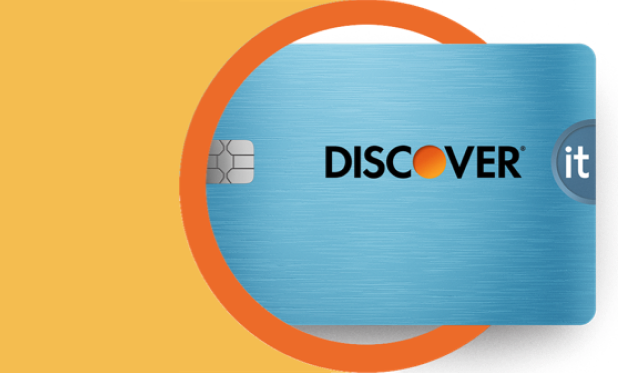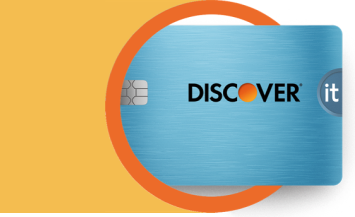While your credit score is only three numbers, this trio of digits can make a huge difference when it comes to your finances. Your credit score is calculated based on information in your credit report that is put through a credit scoring model.
Consumer credit scores help a lender predict how likely it is you’ll pay your bills on time. This information is then used to determine if you qualify for new credit, such as a mortgage, auto loan, or a new credit card, and what your interest rate would be.






